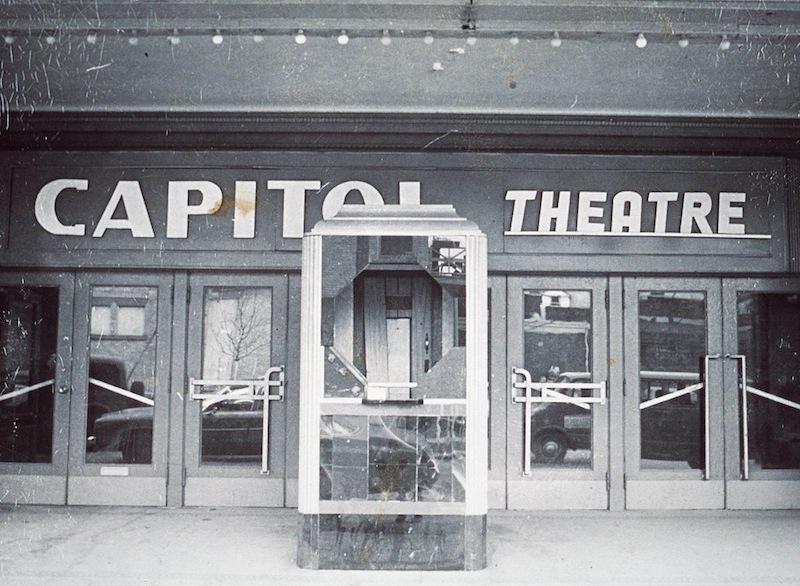Capitol Theatre

On April 8, 1921, the Capitol Theatre opened its doors to the public at the dedication of the Gordon Square Arcade and Community Building. Developed by the West Side Amusement Co. and Canadian motion picture theater promoters Jule and J.J. Allen, the theater began as a vaudeville and silent film house. During the surrounding neighborhood's prosperous years, the theater remained a centerpiece of Gordon Square. The arcade and theater slowly fell into disrepair, though, following the outmigration of both Cleveland residents and businesses following World War II.
In 1978, the parapet of the Gordon Square Arcade collapsed and damaged the marquis. Plans were quickly prepared for the demolition of the building. Although the building itself was spared through the efforts of the Detroit Shoreway Community Development Organization, the Capitol Theatre eventually closed down in 1985 due to years of deterioration. With the revival of the Detroit Shoreway neighborhood and the designation of the Gordon Square area as a cultural arts district, the theater was renovated and reopened in 2009. It is now owned by the Detroit Shoreway Community Development Organization and operated by the Cleveland Cinemas.
Video
Audio
Images





